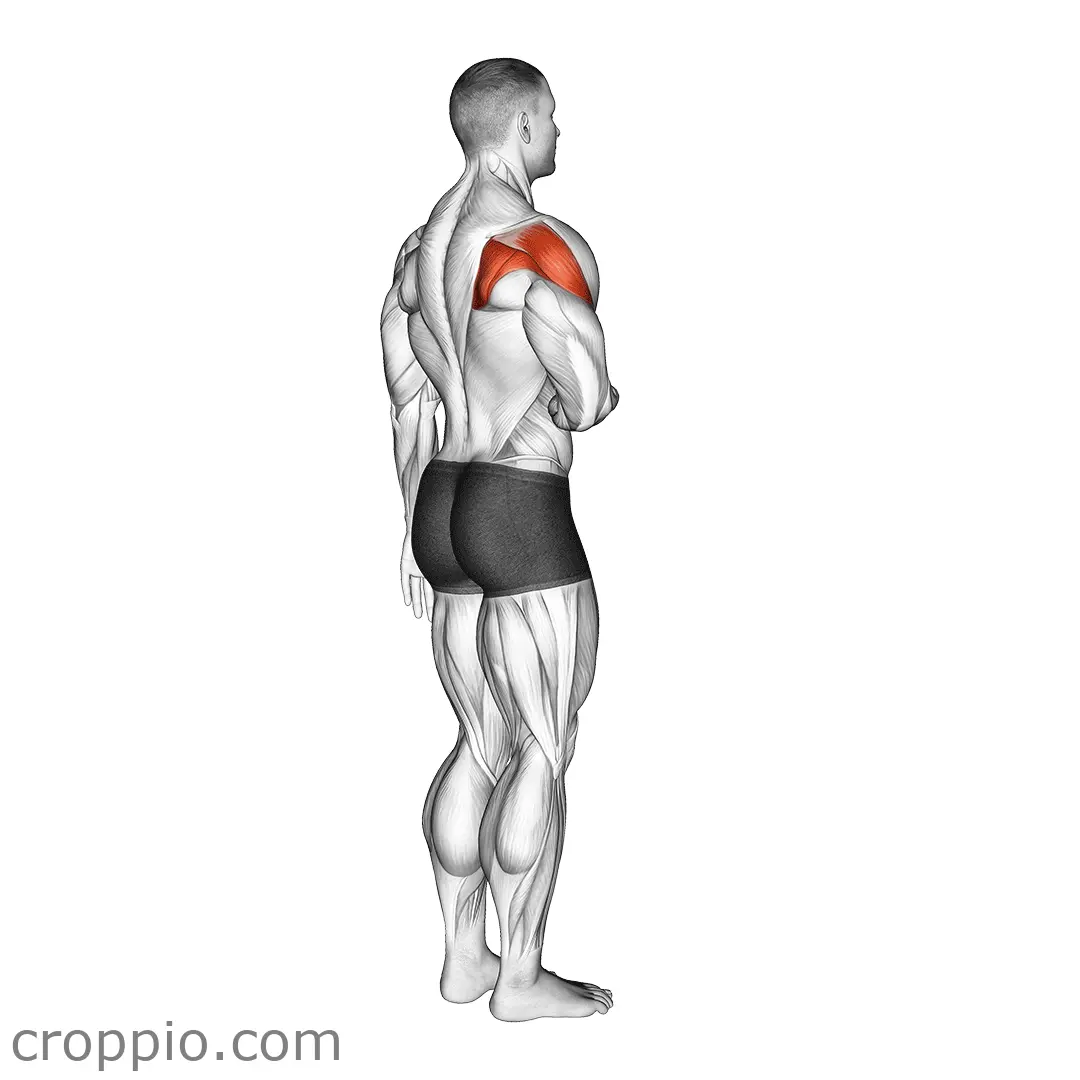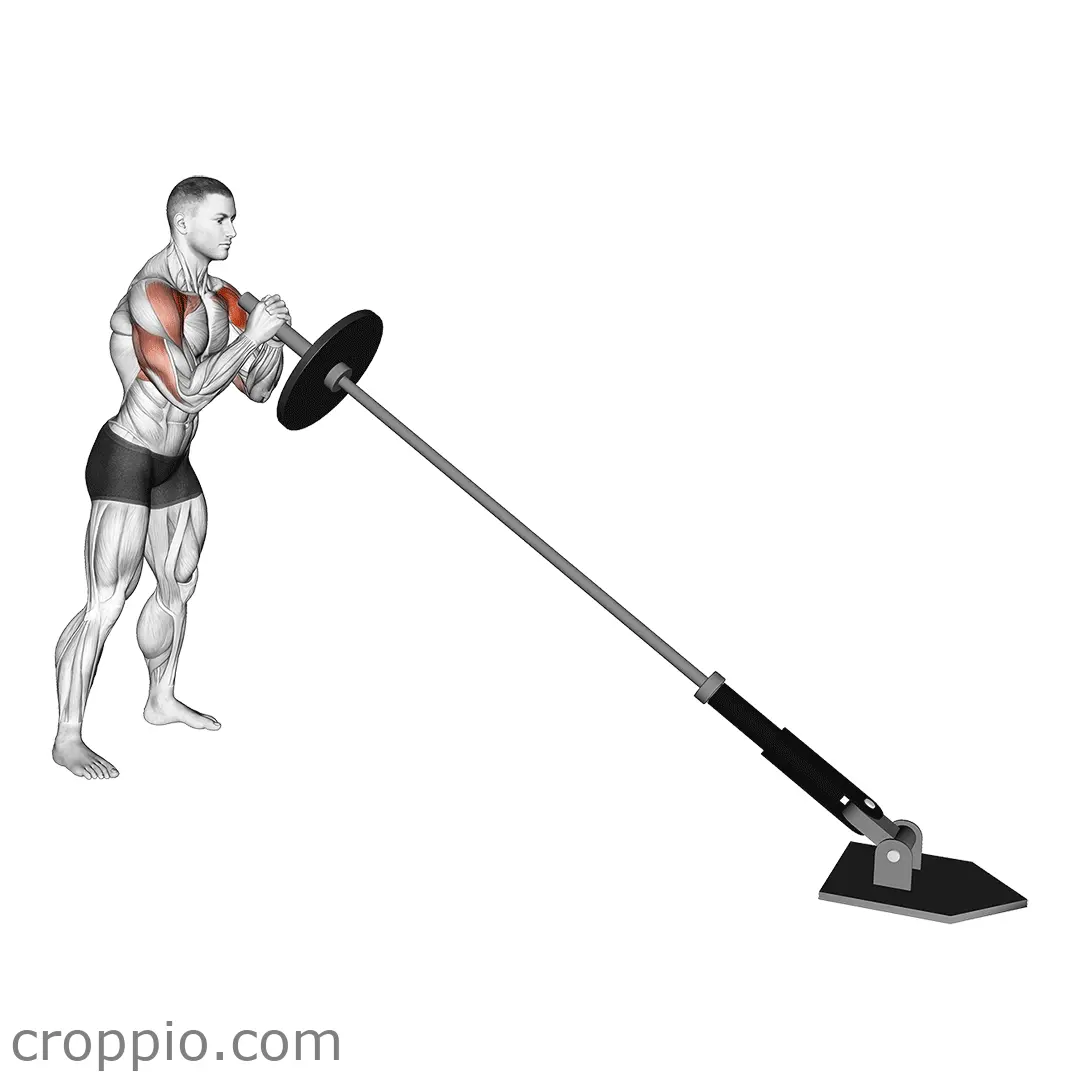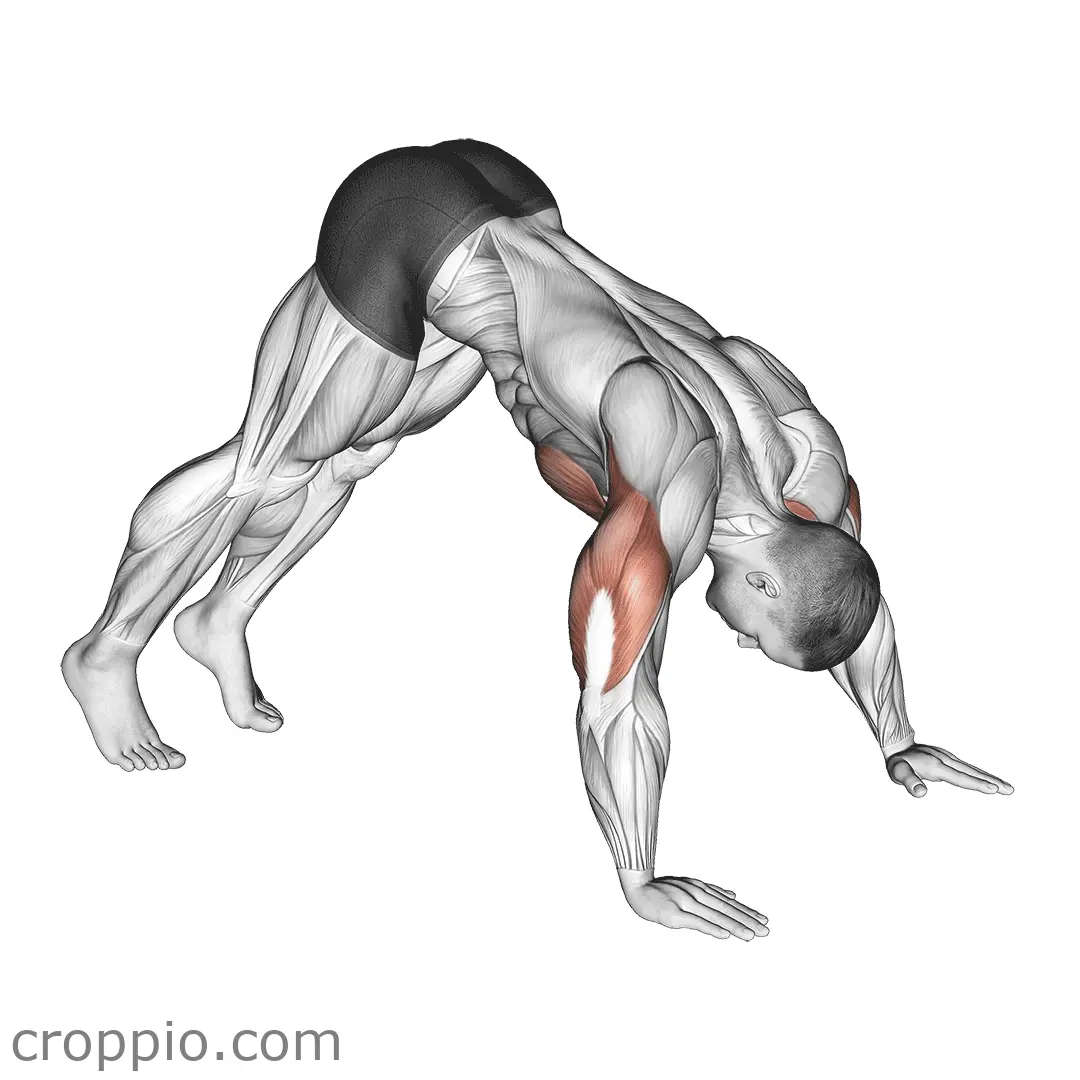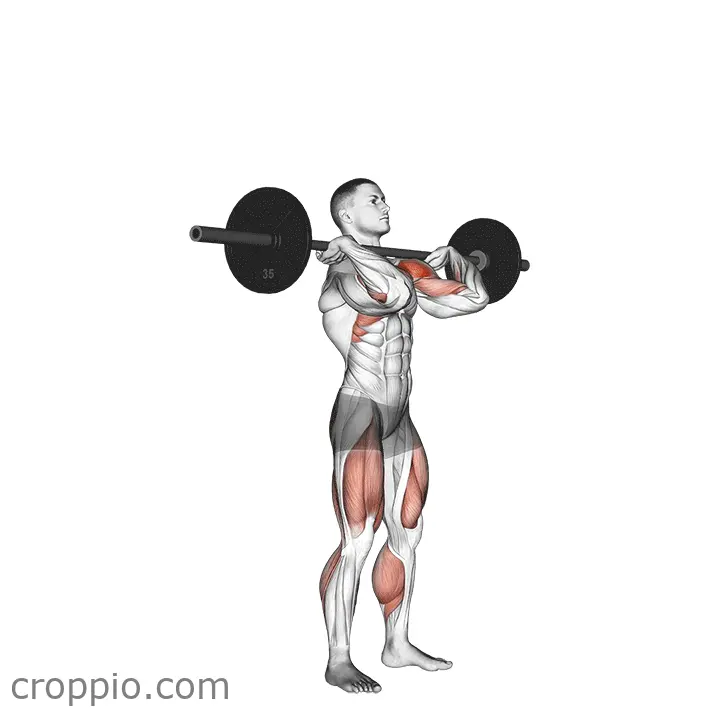Kettlebell Lateral Raise

Muscles Involved
The kettlebell lateral raise primarily targets the deltoid muscles, specifically the middle deltoids, which are crucial for shoulder abduction and stability. This exercise also engages the trapezius, particularly the upper fibers, that assist in shoulder movement. Secondary muscles include the supraspinatus (part of the rotator cuff) and the upper pectoral major, which help support shoulder lifting. As a compound movement, it contributes to overall shoulder strength and stability.
Top Mistakes
- Using Excessive Weight: Choosing a kettlebell that is too heavy can compromise form and increase the risk of injury.
- Incorrect Grip: Holding the kettlebell improperly can lead to strain on the wrists or forearms.
- Leaning or Swaying: Allowing the torso to lean backward or sway during the lift bypasses the targeted muscles.
- Not Controlling the Descent: Letting the kettlebell drop quickly as you lower it can diminish the exercise's effectiveness and increase injury risk.
Execution Tips
- Start with a Light Weight: Begin with a manageable kettlebell to ensure your form is correct.
- Maintain a Neutral Spine: Keep your back straight and engage your core throughout the movement for stability.
- Lift to Shoulder Height: Raise the kettlebell until it reaches shoulder height, keeping your elbows slightly bent.
- Focus on Slow, Controlled Movements: Emphasize the quality of each repetition by lifting and lowering the kettlebell slowly.
Workouts
The kettlebell lateral raise can be integrated into a shoulder or upper body workout routine. Aim for 3-4 sets of 10-15 repetitions. Pair this exercise with complementary movements, such as kettlebell overhead presses, push-ups, or reverse flys, to create a balanced routine that targets the entire shoulder complex. Ensure adequate rest between sets, generally around 30-60 seconds, while prioritizing form over quantity.
Conclusion
The kettlebell lateral raise is a highly effective exercise for building shoulder strength, enhancing stability, and improving flexibility in the upper body. By focusing on proper technique and avoiding common mistakes, you can maximize the benefits of this exercise, ultimately contributing to better functional fitness and a more balanced physique. Incorporating it into your workout routine will not only improve your overall upper body strength but also enhance performance in a variety of physical activities.



